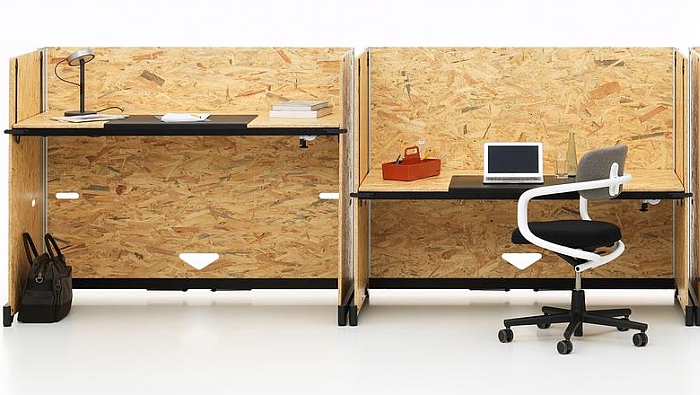smow blog compact: To work sitting or standing, that is, still, the question….
As we noted in a previous post, spending long periods sitting can result in shorter telomeres and thus a greater susceptibility to health problems such as diabetes and cardiovascular disease. A new study by researchers at the Texas A&M Health Science Center School of Public Health would appear to indicate that in addition to health benefits, regularly standing while working in an office environment can also increase productivity.
Based on data collected over a period of six months from employees in a Texas call centre, the researchers found that compared to a control group who worked sitting, those who worked either in “sit-to-stand” or “stand-biased” situations were 46% more productive. The “standers” weren’t standing full time, but rather had the option to work sitting or standing, and spent on average some 73% of their time seated compared to the sitting group who spent, on average, 91% of their time seated. Which equals around 1.5 hours less sitting in the course of an 8 hour shift.
One possible reason for the reduced productivity while seated is cited as lower back pain and general body discomfort; one possible reason for the increased productivity while standing is cited as increased cognitive functioning and thus concentration.
Consequently, the study would appear to indicate that, in certain situations and environments, employees who are offered the freedom to decide between sitting and standing are not only healthier but more productive than if forced to sit all day.
If with a couple of question marks.
The main one for us is that the sitting and standing groups appear to have had different chairs – the report names the chairs used by the “standing” group, and in doing so confirms that two office chair types were in use, one from Steelcase and one from Neutral Posture, but sadly doesn’t say which chair was used by the “seated” group, the photos however lead us to believe that it was a third type. And thus a potential influencing factor that would need to be negated, especially if one accepts that sitting (dis)comfort is a reason why productivity is lower when seated. And something the researchers acknowledge with their comment that, “It is possible that the same productivity could have been achieved if body discomfort had been reduced even for those in the seated workstations through effective ergonomic improvements in the seated workstations.” More research is as such necessary, for all in terms of the relationship body discomfort:cognitive function.
Yet regardless of such considerations, in general the report does offer further evidence of a benefit in regularly working in a standing position, of regularly switching your working position, and thus that raised and/or height adjustable work stations belong in all contemporary office design concepts.
The full study can be found at: Gregory Garrett, Mark Benden, Ranjana Mehta, Adam Pickens, Camille Peres & Hongwei Zhao (2016): Call Center Productivity Over 6 Months Following a Standing Desk Intervention, IIE Transactions on Occupational Ergonomics and Human Factors
Tagged with: Desk, ergonomics, office chair, Office Furniture, standing
